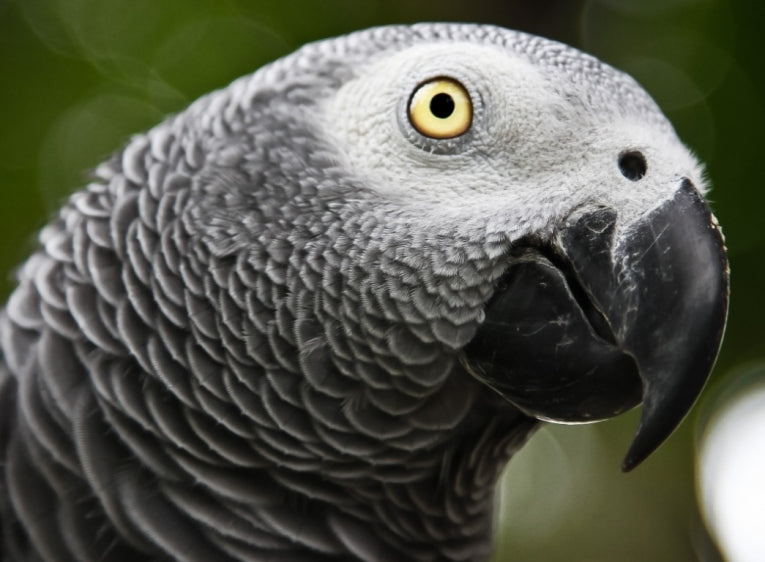When a great ape is given a tin that rattles, a quick association is made between the noise and food within. No rattle, no food is their rapid conclusion.
While several animals now appear to almost equal the apes in intelligence, it is necessary to prove this conclusively. Monkeys and dogs are in the cue, but the highly-regarded African Grey parrot was an ideal test for this "mastermind" of intelligence tests. Christian Schloegl and his co authors presented this paper, Grey parrots use inferential reasoning based on acoustic cues alone, today in the Proceedings of the Royal Society B: Biological Sciences. They work in the famed Konrad Lorenz Research Station in Vienna and in several Austrian and German Universities.
We can reason as humans that animals are limited in their own reasoning. The classic situation is when animals are not shown which of a pair of containers is empty. In such an experiment many species can operate intelligently with a visual cue about the container that is empty. They simply conclude the other container is a correct choice as food container.
Only great apes can solve this container problem when rattling is used to indicate the presence of food. Dogs, and baboons and capuchin monkeys could not solve the rattling tin problem without training. Between 3 and 4 years of age, human children are first able to operate the cognitive ability and then achieve adult levels of performance. Non-human primates can visually perform in experiments but fail this acoustic association test.
Any animal that uses acoustic cues in everyday life would be expected to perform better, but the African Grey (Psittacus erithacus) is probably the ideal choice to infer an acoustic association. Convergent cognitive evolution in the mammals and birds is regarded here as equivalent to comparing two mammal groups (such as whales and primates.)

The African Grey parrot was ideal for this 'mastermind' of intelligence experiment; Credit: © Arbeitsgemeinschaft Papageienschutz
One interesting part of this experiment found that vertical shaking seemed to coincide with the parrots' experience of their own head-bobbing repertoire of behaviours. Not surprisingly, they responded better to horizontal shaking!
The evidence throughout was convincing for the parrots to use the noise to detect hidden food. No other non-human animals apart from the great apes can perform at first trials so perfectly. There could be associative learning of a complicated rule here, but a causal understanding and learning processes seem more likely.
Many of the parrots were experimentally naive, yet highly experienced monkeys could not perform at their level. With better sensory orientation, the parrot may well have advantages, but monkeys are hardly unaware of sound as a perceptive instrument. Grey parrots have established inferring ability with experiments on vocal labelling and intriguing food hiding and pilfering tasks.
Perhaps they could give us the answer, or as in this case, simply repeat the old chestnut: the dead parrot sketch.

Which this Grey parrot is not by the way!; Credit: © Shutterstock










